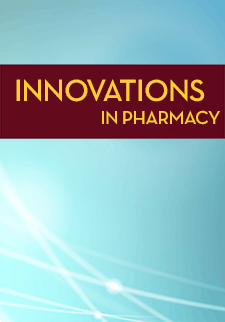Evaluation of Patient Assistance Program Eligibility and Availability for Top 200 Brand Name and Generic Drugs in the United States
Chin-Fun Chu
Lincy S Lal
Tisha M Felder
Pauline Rosenau
DOI: https://doi.org/10.24926/iip.v3i1.254
Keywords: patient assistance programs, eligibility, availability, prescription drugs
Abstract
One strategy to encourage uninsured and underinsured patients' compliance with medication regimen is to refer them to pharmaceutical industry-sponsored patient assistance programs (PAPs). In order to receive the requested medications, patients should be qualified based on the program eligibility requirements. The purpose of this study was to examine PAP eligibility criteria for the most commonly dispensed prescriptions in the United States. We identified 136 unique chemical entities in the Top 200 drug list and 111 (82%) of these pharmaceutical products were offered by PAPs. Among the available medications, 69 (62%) were brand name; 29 (26%) were generic, and 13 (12%) had both brand name/generic forms. In terms of the availability of types of drugs (brand name vs. generic) provided by PAPs, differences in PAP eligibility requirements were found for citizenship (p < 0.001), permanent residency (p < 0.001), and prescription drug coverage (p< 0.001), but not for income limits (p= 0.051). Overall, PAPs could help low-income patients to obtain necessary medications; however, U.S. citizenship/permanent residency and restriction on prescription coverage are more likely to be required for brand name drugs rather than for generics. PAPs also provide some options for the underinsured and those with private insurance or Medicare Part D plan that offers inadequate prescription coverage.
Type: Original Research


